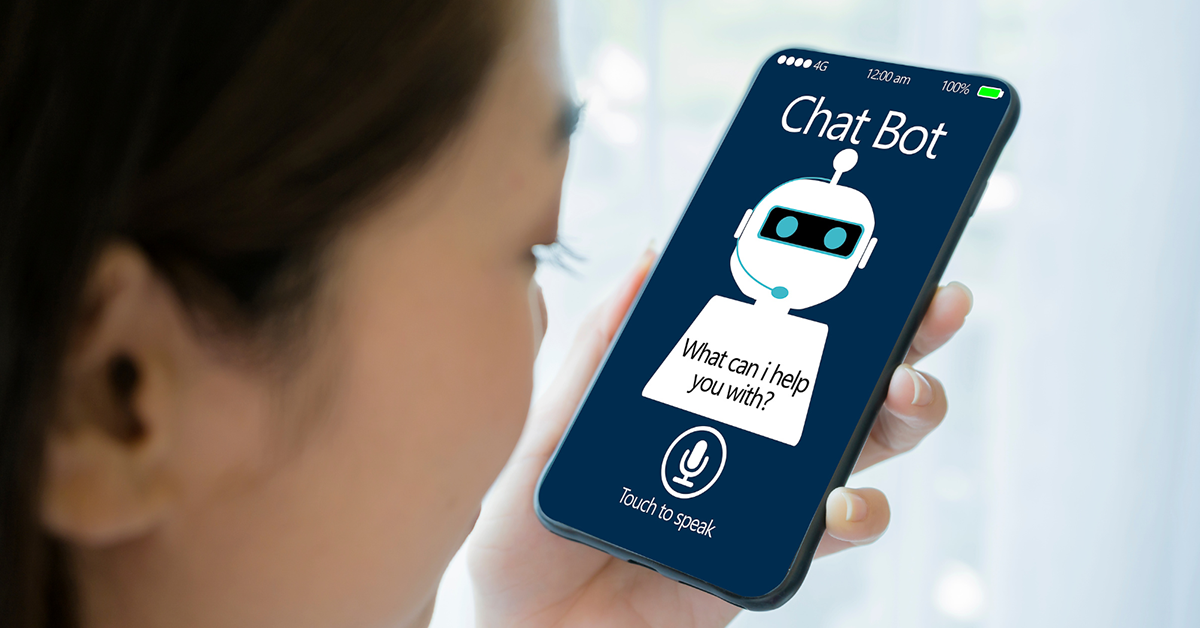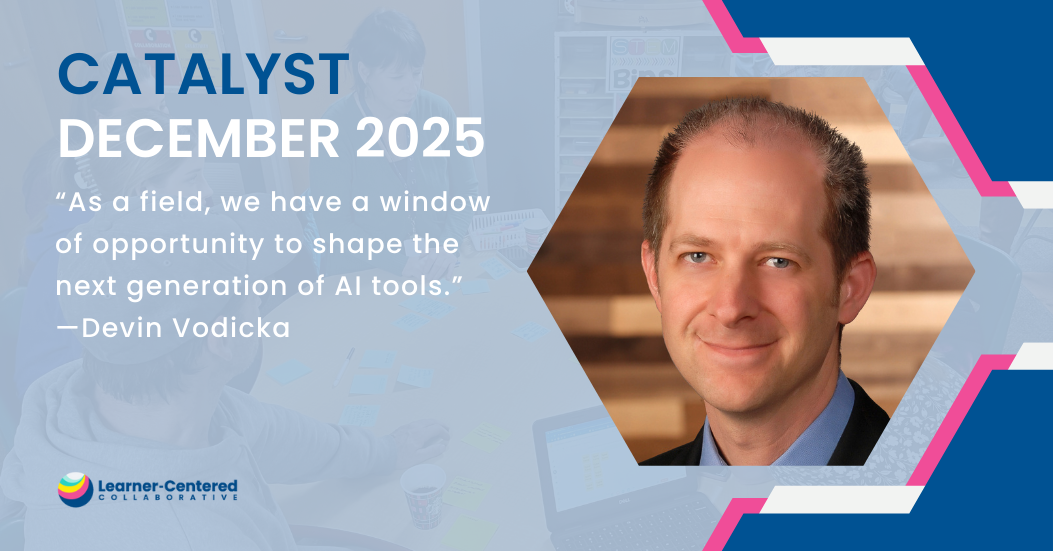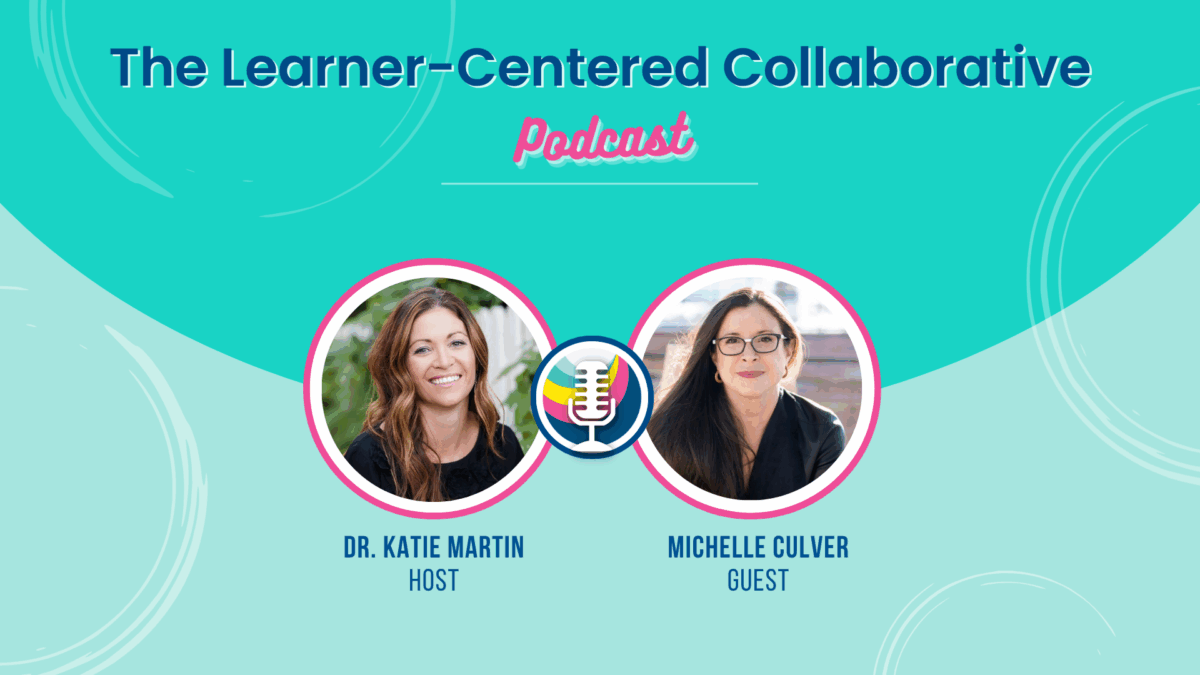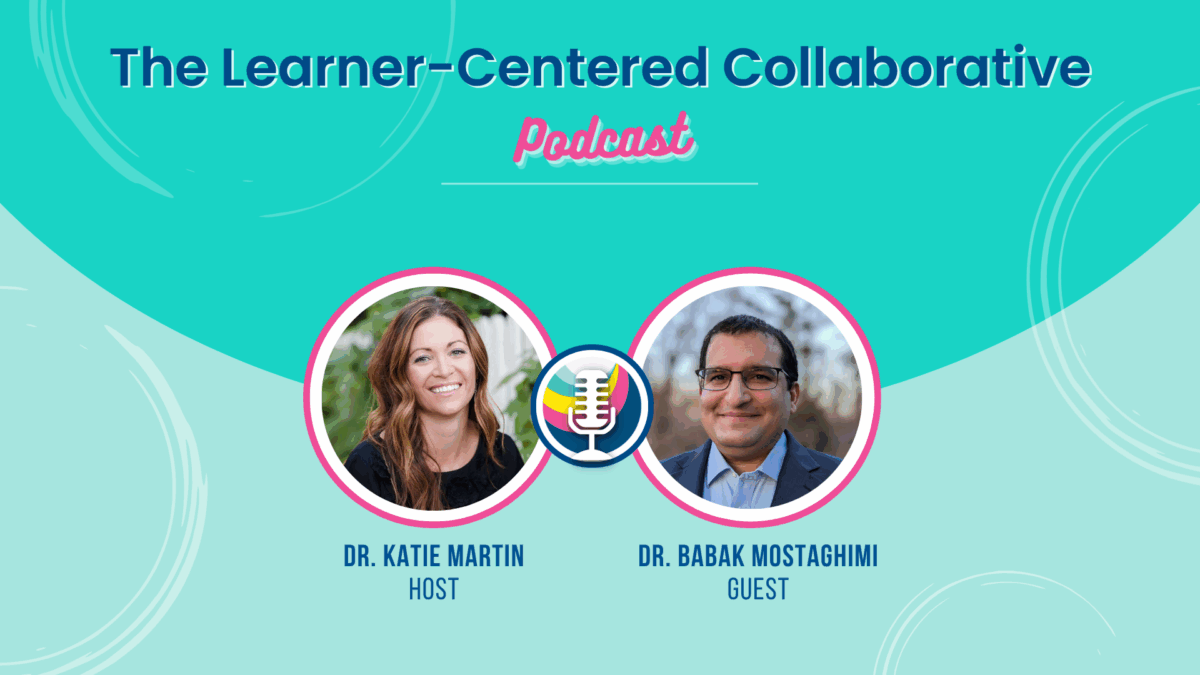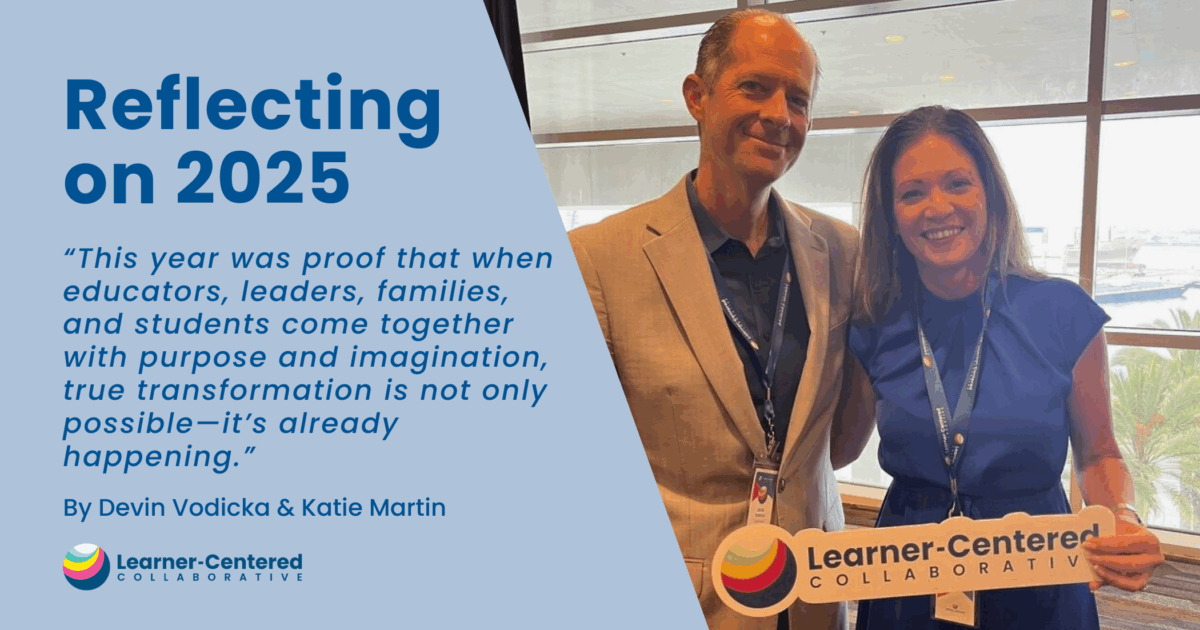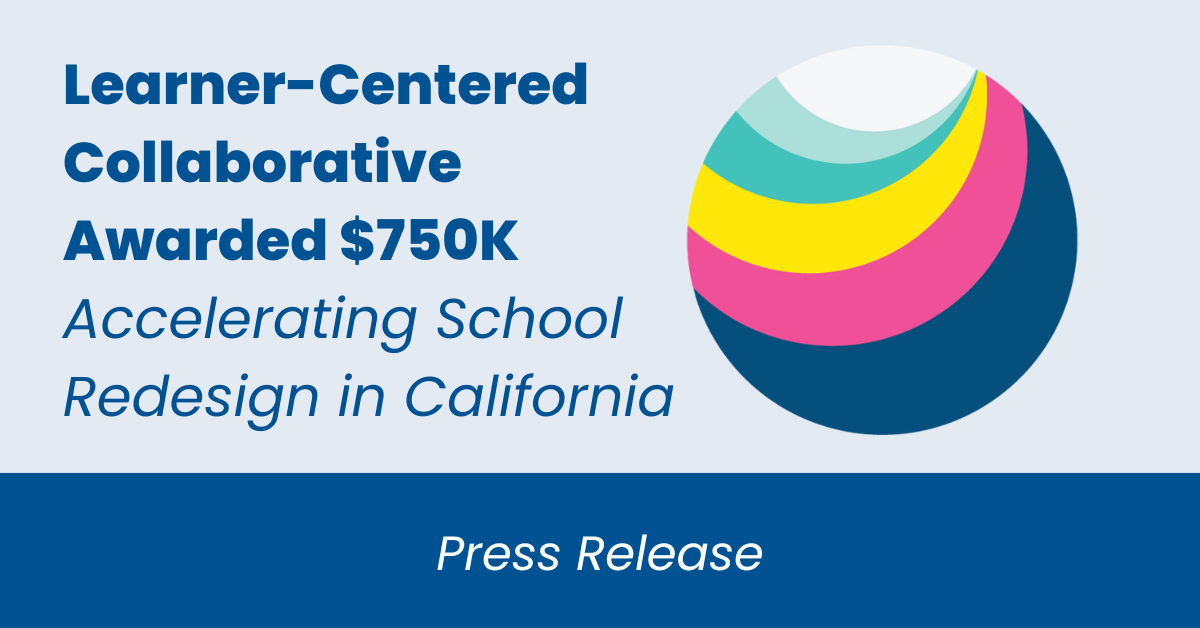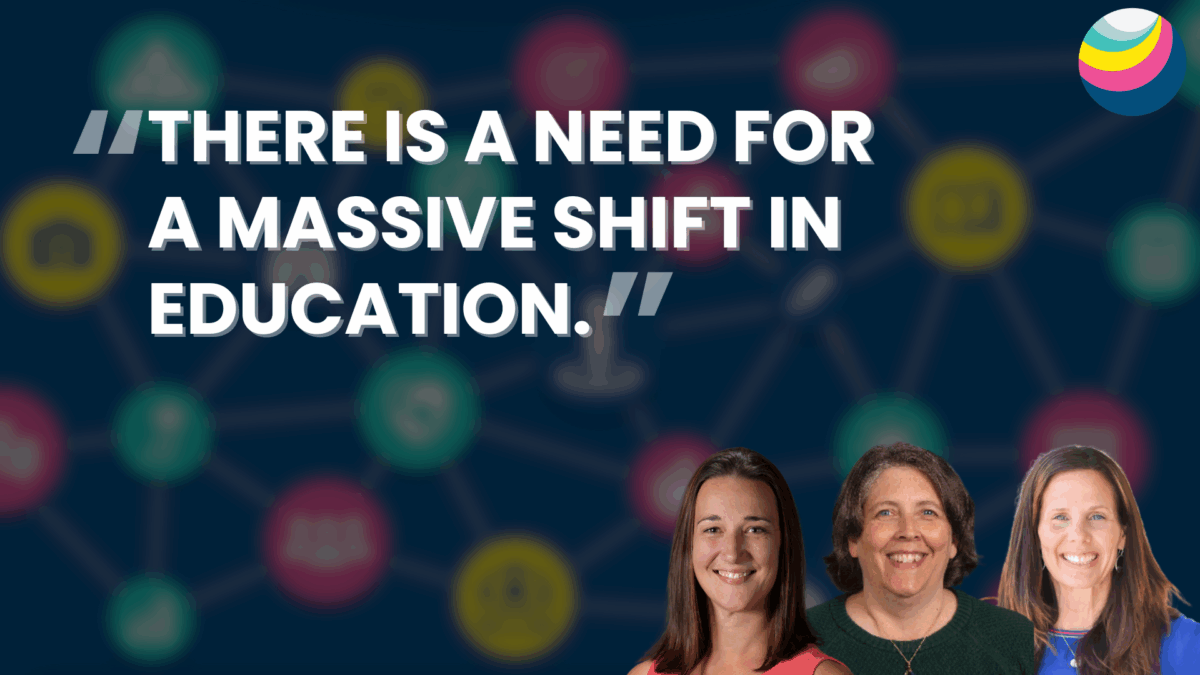Can AI Solve the Uniquely Human Challenges Facing Educators Today?
Author: Dr. Beth Holland, Partner, The Learning Accelerator
Conversations in the education sector have converged in the past several weeks around three seemingly unrelated topics: pandemic recovery, educator shortages, and ChatGPT.
Evidence suggests that schools continue to exist in a state of pandemic recovery, with students struggling academically and social-emotionally. At the same time, persistent staffing shortages make it difficult to meet students’ needs and reduce burdens on educators’ time. Despite initial trepidation, scarcity of resources could drive leaders and policymakers to the conclusion that AI and intelligent tutors like ChatGPT are “good enough” to address these challenges. However, before the narrative swings too far towards a technological solution, it is imperative to remember that the sector faces a very human problem.
The Urgent Challenge: Pandemic Recovery and Staffing Shortages
Alarms within the education community sounded again recently as data from the Institute of Education Sciences (IES) December 2022 Pulse Survey indicated that approximately 50% of students remain below grade level in reading and math despite efforts to both remediate and accelerate learning. Although this most recent survey did not collect data on student wellbeing, in April 2022, 70% of responding public schools reported an increase in the number of students who have sought mental health services.
Meeting the learning and social-emotional needs of students requires having sufficient resources, yet 53% of public schools reported being understaffed. As of January 2023, teacher shortages continued to plague schools across the country due to a range of issues from burnout and illness to the political and social climate of the district. While programs such as individualized instruction and high-dosage tutoring have been touted as solutions to help students recover academically, fewer than 60% of the surveyed public schools have been using these practices. In addition, even when schools can implement programs, only about 30% of the students receive these supports. Lack of time, funding, people, and resources have all been attributed to schools’ inability to offer intensive academic recovery programs — particularly in hard-to-staff areas such as rural and low-income communities.
The data is in on remote vs classroom instruction. Explore what it uncovers and whether we’re asking the right questions in this blog post by Devin Vodicka.
An Intelligent Solution to a Human Problem
Finding additional personnel to support tutoring and individualized instruction may not be possible for many schools. However, recent advances in artificial intelligence — brought to the forefront of conversations by the launch of ChatGPT — could be considered a logical solution to meet students’ individual needs at scale.
Intelligent tutors and tools like ChatGPT could bring every student immediate, individualized attention and support, particularly if used to augment — not replace — teachers or tutors. This is not a new idea. “Teaching Machines” have existed since the 1920s when behaviorists like Sidney Pressey and B.F. Skinner experimented with rudimentary technology that could provide students with immediate feedback in response to specific questions. The theory is that students learn more quickly when they receive a timely response instead of waiting for a teacher to respond hours or days later. Since the 1980s, researchers have been working to develop intelligent tutors such as Carnegie Learning’s Mathia or Worcester Polytechnic Institute’s Assistments. These more sophisticated tools provide feedback on specific questions and scaffold students’ thinking and problem-solving to facilitate learning.
What makes this current version of AI different is how it can provide students with feedback and offer explanations of relatively complex topics across a wide range of subject areas and in multiple languages. Students might use a platform like this to get real-time, individualized support so that they can progress more quickly. At the same time, if students can work independently, their teachers might have additional time to design more creative lessons and provide more personalized support. To see what this could look like in action, Dr. Sabba Quidwai and Dr. María Asusena López-Guerra from Santa Ana Unified School District recently shared their experience using Chat GPT to design a lesson, rubric, and accompanying emails for colleagues and families in multiple languages.
While much potential exists to use intelligent tutors for augmentation, the technology is not yet ready to replace human interaction. Reported challenges associated with virtual tutoring through external providers such as Tutor.com or Paper serve as a warning. A recent article in The 74 explained that although districts have made these services available, the majority of students do not take advantage of them either due to admitted lack of motivation, difficulty with the platform, or because they are unsure of the right questions to ask. When students do try virtual tutoring, many face technological challenges as well as the issue of uncertainty. Because these virtual tutors are not directly familiar with the students, their prior experiences, or the curriculum, they often cannot diagnose or assist with learning gaps.
Similarly, while intelligent tutors such as ChatGPT can provide immediate input for students who know what they need to understand, it cannot yet diagnose challenges and then provide targeted support. In contrast, when students have a relationship with a teacher or tutor, they often see more success because the adult understands their interests, motivations, and prior knowledge as well as the content and context of their learning. Particularly given the need to address both academic and social-emotional recovery, it cannot be assumed that artificial intelligence should replace a caring adult.
Explore how a learner-centered approach meets the needs of educating the whole-learner in Now Is the Time for Learner-Centered, Whole-Child Education
A Both/And Approach
While much promise exists, there are also distinct equity and ethical ramifications to consider. Ensuring that every student has the opportunity to meet their full and unique potential requires a both/and approach. New AI and intelligent tutors present an opportunity to deepen personalized and individualized instruction as well as to reduce the load on teachers, but teachers and students also need to be aware of issues with the technology’s potential bias and inaccuracy. In the coming months, the challenge for leaders and educators will be to create a shared vision for integrating intelligent tutors into education. This vision should not focus on what we stand to lose but rather on the limitless potential to achieve all that we have ever wished for in education — more time and opportunity to do what matters for students.
Dr. Beth Holland is a Partner at The Learning Accelerator and leads the organization’s work in research and measurement. She brings both a rigorous academic background and practical experience to the team’s research efforts.
The Learning Accelerator (TLA) is building a world in which each student receives the effective, engaging, and equitable education they need to reach their full and unique potential by accelerating individual, organization, and sector learning to transform K-12 education.
